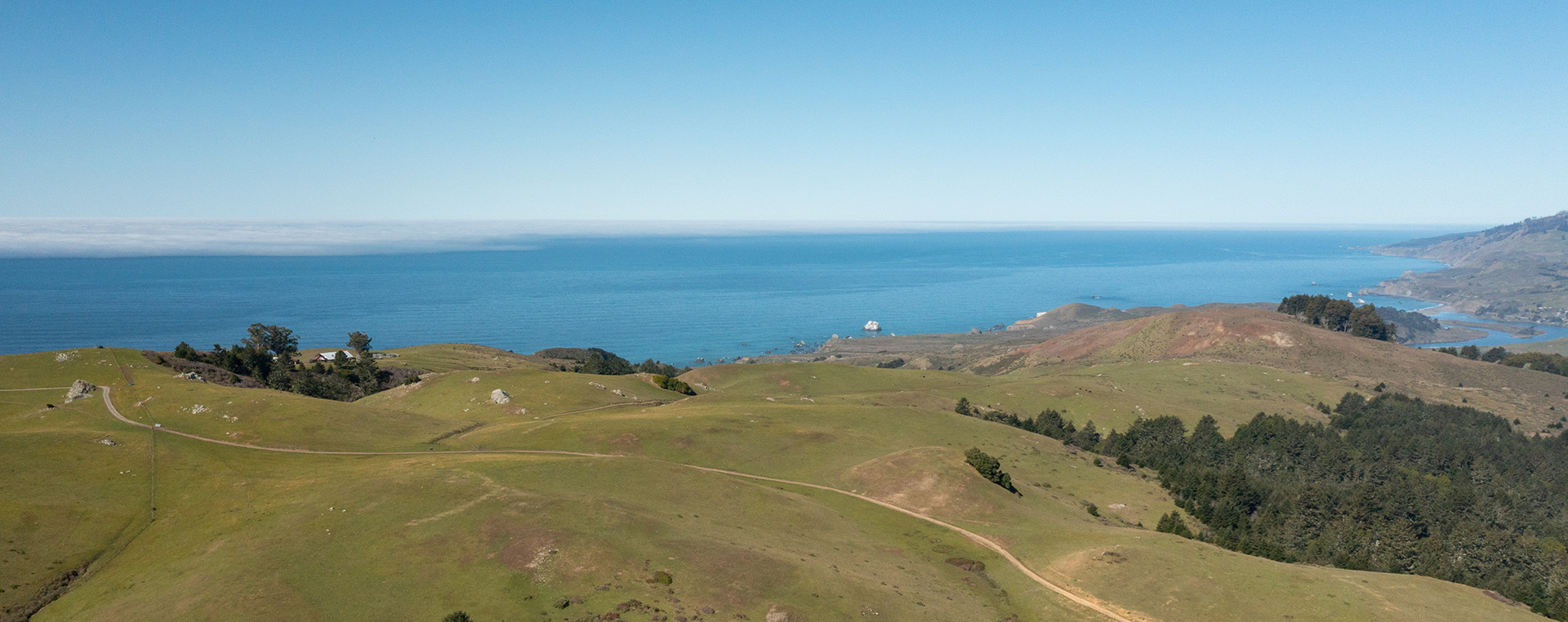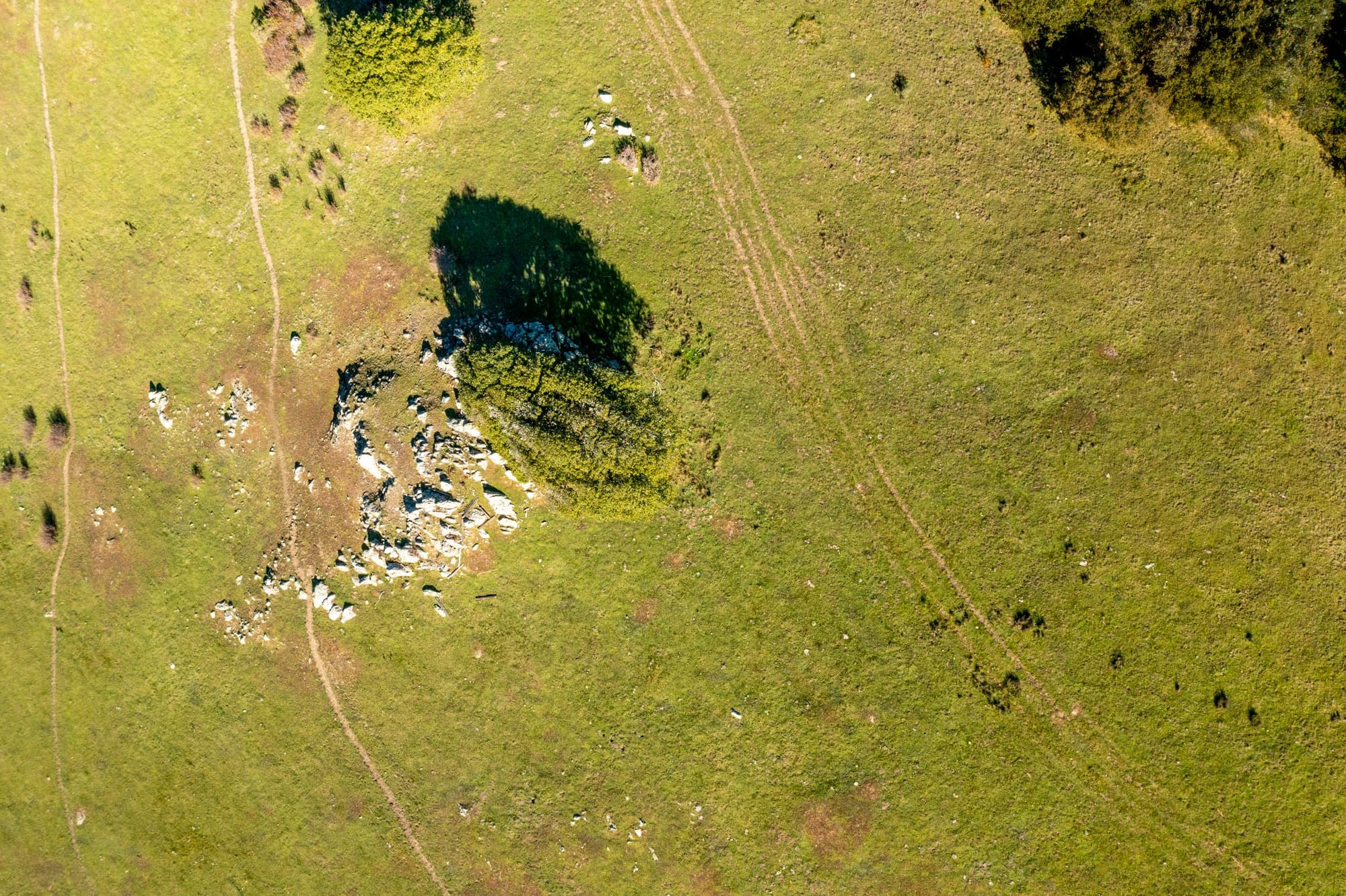Conservation easements are legal agreements that limit the development or use of land to protect its natural, scenic, or historic features. Conservation easements are used to achieve a variety of conservation purposes, including agricultural preservation, open space and scenic resource preservation, and natural resource protection.
Conservation easements are voluntarily entered into by landowners and they permanently restrict certain activities on the land, such as commercial development or subdivision.
Impact for Wright Hill Park and Preserve: A conservation easement is retained by Sonoma County Ag + Open Space. This easement guides potential property use and activities.
The conservation easement specifies that the property will be used for:
- natural resource preservation and restoration,
- recreation and education, and
- limited agricultural use – primarily livestock grazing
The conservation easement’s terms are legally binding and ensure the preservation of its conservation values.
Impact for Wright Hill Park and Preserve: The conservation easement on Wright Hill limits and defines possible development for recreation, including the necessary approvals for creating a master plan. These terms are used to guide the master planning process and resulting development.
This also means that any potential development of the site, including campgrounds, trails, or other recreational amenities, must be in compliance with the conservation easement’s terms.
Impact for Wright Hill Park and Preserve: At Wright Hill, a conservation easement places restrictions on the location of development (for example camping areas and trails), as well as certain types of land management practices (for example, grazing or other fuels management practices). Any development on Wright Hill must be in compliance with the easement’s terms.


